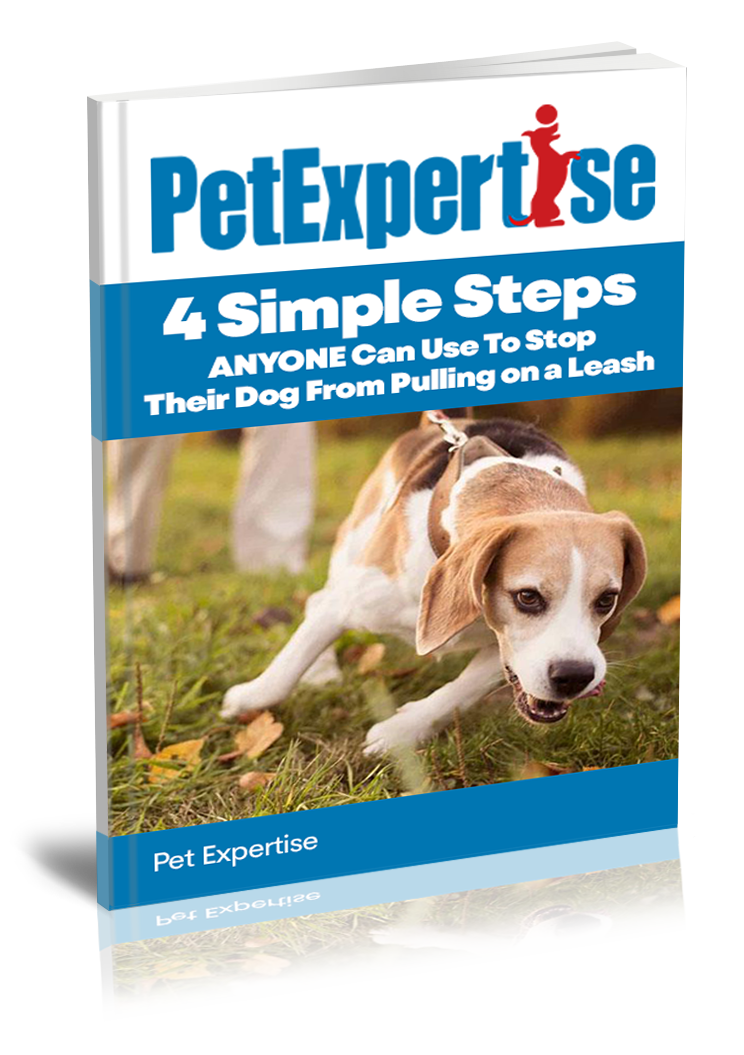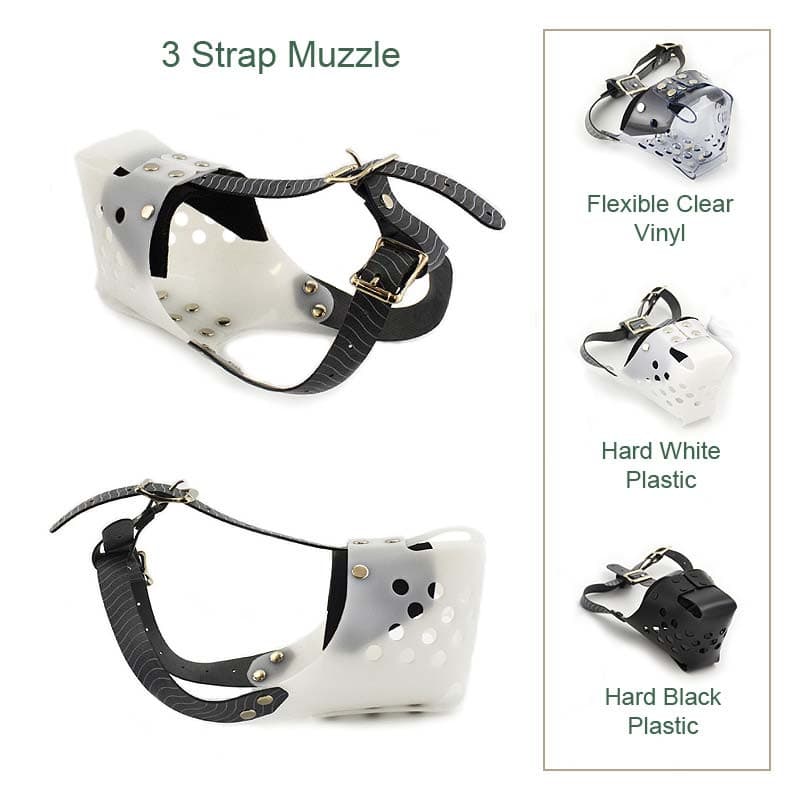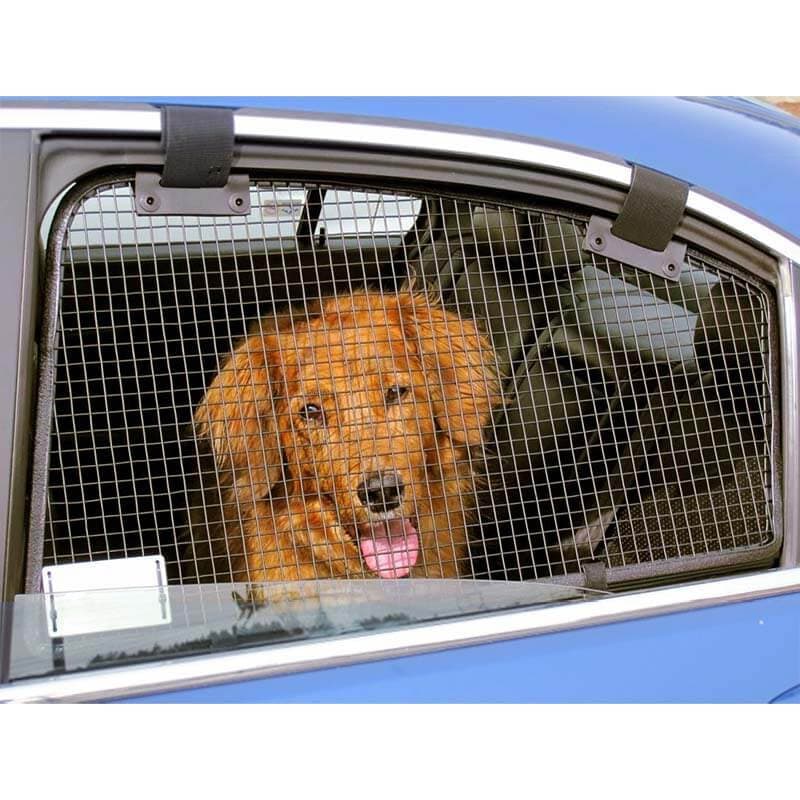Managing Destructive Chewing: Tips and Solutions

Destructive chewing is one of the most frustrating behaviors pet owners face. Whether it’s shredded furniture, chewed shoes, or gnawed baseboards, the damage—and confusion—can pile up quickly. However, it's essential to understand that chewing is not just a bad habit; it's often a symptom of a deeper need or issue.
In this guide, we’ll explore the root causes of destructive chewing, outline effective strategies using chew toys, offer home-proofing techniques, and help you determine when professional help is necessary. By approaching this behavior with insight and planning, you can save your belongings—and build a healthier, happier bond with your dog.
Why Dogs Chew Destructively
Understanding the reason why your dog is chewing destructively is the first step to managing the behavior. Dogs don’t chew with the intent to irritate you; they do it to satisfy a physical, emotional, or developmental need.
Separation Anxiety and Stress
Dogs are pack animals. When left alone for extended periods, some experience separation anxiety, which can manifest as frantic chewing. This stress response is especially common in breeds that form strong attachments to their owners.
Dogs suffering from anxiety may chew on door frames, furniture near exits, or personal belongings that carry your scent (like shoes or laundry). These objects become self-soothing tools during emotional distress.
Lack of Stimulation or Boredom
High-energy and intelligent breeds are prone to boredom-related behaviors. When dogs don’t receive adequate mental or physical stimulation, they’ll often turn to chewing as a form of entertainment.
Imagine being locked in a room with no TV, phone, or books for hours on end. You’d probably find something to do—even if it’s destructive. That’s your dog’s perspective. Without daily walks, play, training, or stimulation, chewing becomes their default outlet.
For more insights, check out our related article: How to Handle a Bored Dog
Teething in Puppies
Just like human babies, puppies go through a teething phase between 3 and 6 months of age. Their gums can be sore and irritated, and chewing helps alleviate the discomfort.
If your puppy is targeting wooden furniture, baseboards, or table legs, it’s likely a teething issue. The good news? It’s temporary. The better news? The right chew toy can provide relief and prevent property damage.
Medical Conditions & Nutritional Deficiencies
Sometimes, the cause is internal. Dogs with gastrointestinal issues, dental pain, or certain nutritional deficiencies may chew in an attempt to relieve discomfort or fulfill a missing dietary element.
For example, dogs with pica may chew on or consume non-food items such as rocks, fabric, or plastic. This could indicate a mineral deficiency or behavioral compulsivity, both of which require veterinary attention.

Diagnosing the Root Cause
To create a targeted plan, you need to identify what’s driving your dog’s behavior. A few investigative steps can help clarify the situation.
Behavior Journaling and Observation
Start a behavior log. Track the following:
- When destructive chewing happens (time of day)
- Where it occurs (location in the home)
- What is chewed (type of material or object)
- How long your dog was left alone
- Environmental changes (new pet, guests, loud noises, etc.)
Patterns will often emerge, giving you clues about whether the behavior is stress-related, boredom-driven, or linked to physical discomfort.
When to Consult a Vet or Trainer
If chewing is excessive, starts suddenly, or includes ingestion of non-food materials, it’s time to consult a veterinarian. Rule out medical issues such as:
- Gastrointestinal upset
- Parasites
- Dental disease
- Anxiety-related hormonal imbalances
If your dog is healthy but continues destructive chewing, consider a certified dog trainer or behaviorist. You can also explore our Pet Behavior Consultation Services for personalized support.
Effective Chew Toy Strategies to Redirect Behavior
The right chew toy does more than protect your belongings—it can actually satisfy your dog’s urge to chew and retrain their focus toward appropriate outlets.
Rotating Toys to Maintain Interest
Dogs, like humans, get bored with the same old toys. Keep a rotation of 4–6 toys and introduce 1–2 “new” ones every few days. This simulates novelty and maintains interest without needing to constantly buy new items.
Hide toys during downtime and bring them out during training or play to renew excitement.
Textured Toys for Gum Satisfaction
Dogs have preferences just like we do. Some enjoy soft rubber textures, while others go for rough ropes or bumpy ridges.
Textured toys massage the gums, clean teeth, and feel satisfying to chew—especially for teething puppies or dogs with dental plaque. Consider toys with multiple textures for variety in a single chew session.
Freezing Chew Toys for Teething Relief
Puppy owners swear by this one: freeze a rubber chew toy filled with peanut butter or dog-safe broth. The cold reduces gum inflammation and numbs pain, while the act of chewing remains soothing and enjoyable.
Frozen carrots or safe dental chews also work well as budget-friendly alternatives.
Puzzle Toys to Occupy the Mind
Interactive or treat-dispensing toys engage a dog’s brain and encourage problem-solving. These toys keep your dog focused, mentally stimulated, and far too busy to chew on your couch.
Try a toy that requires manipulation to release treats—just challenging enough to keep your dog occupied for 15–30 minutes.
Need suggestions? Browse our collection of Best Chew Toys for Aggressive Chewers for durable and stimulating options.
Household Proofing Techniques
While training and toys address the root cause, household proofing helps prevent further destruction in the meantime.
Use of Bitter Sprays & Barriers
Apply dog-safe bitter sprays on furniture legs, cords, or shoes—basically anything your dog seems to favor for chewing. The unpleasant taste discourages contact.
Baby gates or playpens can be used to restrict access to problem areas during unsupervised times. Think of them as temporary tools until your training takes full effect.
Storing Personal Items Securely
Dogs love chewing items that carry your scent: shoes, remotes, socks. Make sure these are stored in closed closets or bins. Encourage family members to maintain a clean and consistent routine when it comes to leaving belongings out.
The fewer temptations, the better the results.

Crate Training and Safe Zones
Crates offer structure and safety, especially for puppies or dogs with separation anxiety. Make the crate a positive space by including:
- A soft bed
- A chew toy or two
- A treat puzzle
Gradually increase crate time with supervision, so your dog learns to see it as a haven, not a punishment.
When to Seek Professional Help
If chewing persists despite your best efforts—or escalates—then it’s time to go deeper.
Signs of Escalating Aggression
If your dog:
- Growls when you take items away
- Snaps or bites during redirection
- Becomes possessive over chew toys
These are red flags. Resource guarding and redirected aggression are serious and should be handled by a certified trainer or behaviorist.
Behavioral Therapy Options
Dogs with chronic anxiety, past trauma, or compulsive behaviors may benefit from structured behavioral therapy. This could involve:
- Counterconditioning techniques
- Desensitization training
- Environmental enrichment plans
Professional programs will identify the triggers and build a recovery plan.
Training Programs for High-Energy Dogs
Working breeds like Border Collies, Huskies, or Malinois need jobs to stay sane. Standard walks aren’t enough. These dogs thrive in agility classes, scent work, or advanced obedience programs.
If your dog chews due to sheer unspent energy, structured training programs may be the ideal outlet.
Conclusion: Turn Destructive Chewing Into Positive Behavior
Destructive chewing is frustrating—but it’s also a natural behavior that can be redirected, not eliminated. By understanding your dog’s motivations, using chew toys effectively, and proofing your home environment, you can curb the chaos and guide your dog toward healthier habits.
From frozen treats to textured puzzle toys, the right strategies can transform your home life—and your dog’s happiness.
If you’re looking for solutions backed by trainers and pet behavior experts, visit Pet Expertise. We offer a hand-picked selection of chew toys, training guides, and expert consultation services to help you and your pup live better together.
Frequently Asked Questions (FAQs)
For most dogs, destructive chewing naturally declines after puppyhood, around 12 to 18 months. However, without training or stimulation, some dogs may continue into adulthood. The key is consistent redirection and adequate mental and physical exercise.
Yes. High-energy or intelligent breeds—like Labs, Huskies, Border Collies, and Jack Russell Terriers—are more likely to chew excessively if not adequately exercised. Knowing your breed’s needs can help prevent behavioral issues.
Absolutely. Dogs with separation anxiety or past trauma often chew to self-soothe. If your dog shows signs like whining, pacing, or destructive behavior right after you leave, anxiety may be the cause.
Always supervise the first few uses of any new toy. Some dogs can destroy toys quickly or swallow pieces. Once you know your dog chews safely and appropriately, the toy can be left with them during alone time.
Yes, when chosen properly. Daily chewing helps maintain dental health and reduces anxiety. Just be sure to rotate toys regularly and inspect them for damage to prevent choking hazards.
- Choosing a selection results in a full page refresh.
- Press the space key then arrow keys to make a selection.



